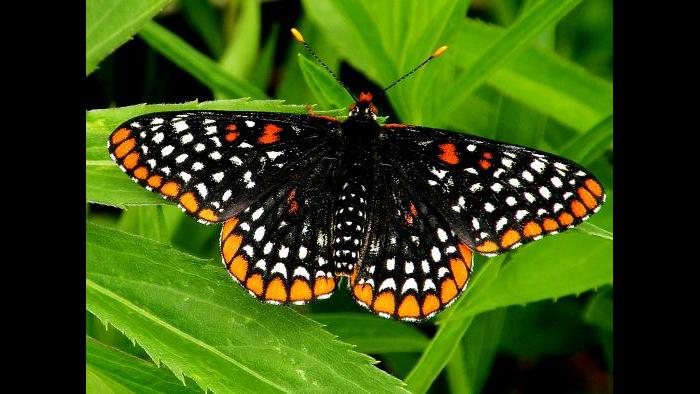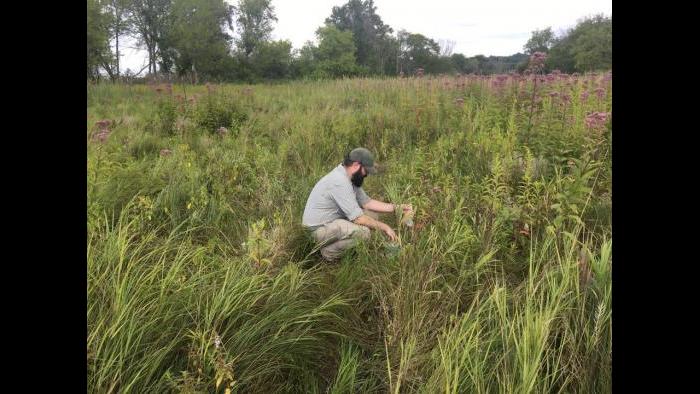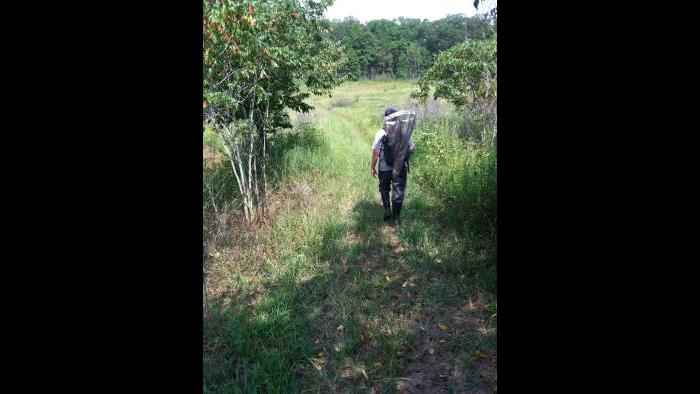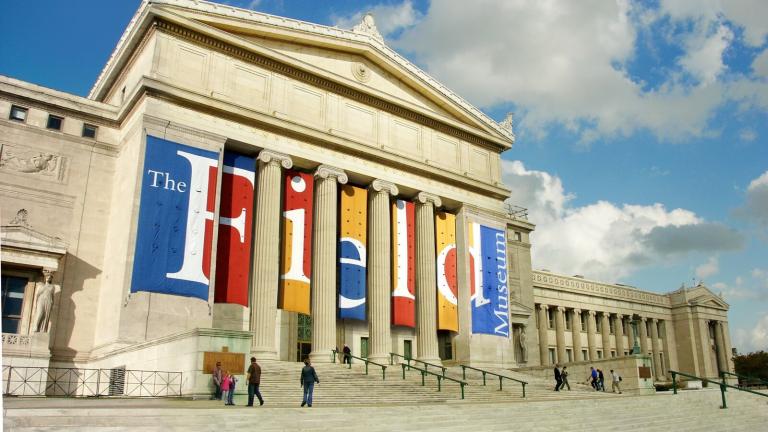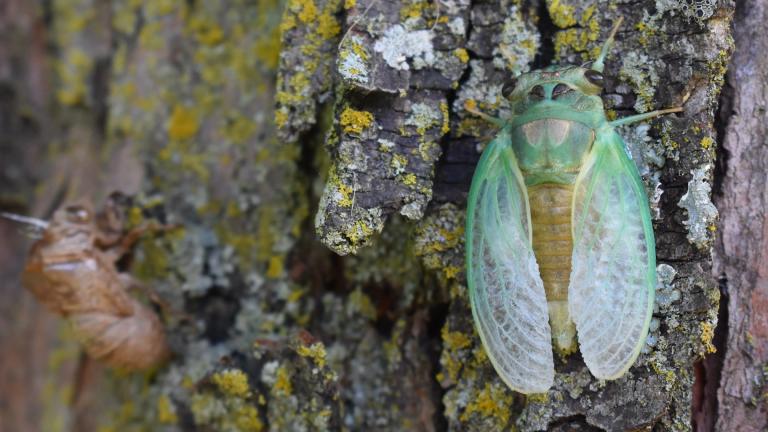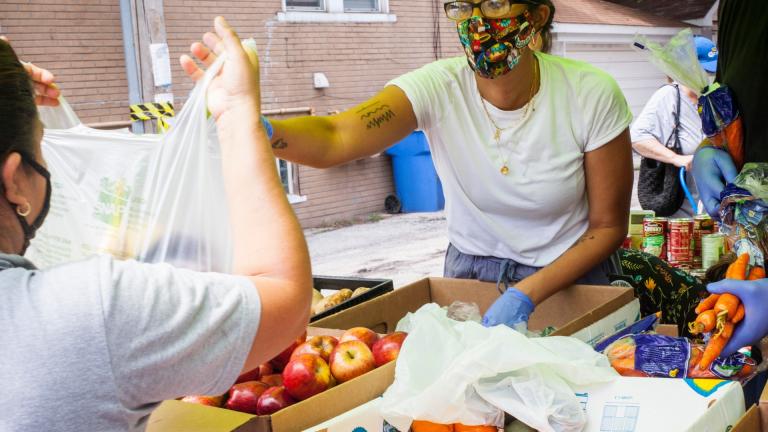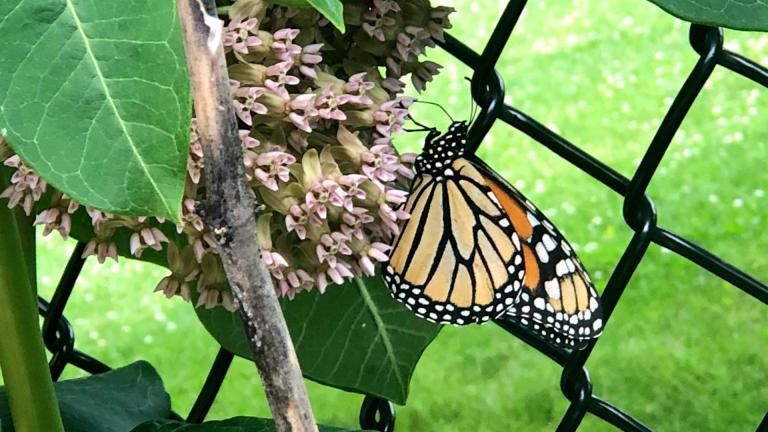Thirty years after it began, the Illinois Butterfly Monitoring Network has been duplicated in a dozen other states. Through the program, volunteers help scientists track butterflies and gather data across Illinois.
We visit one of the founders of the network, who is also chief curator at the Peggy Notebaert Nature Museum.
TRANSCRIPT
Phil Ponce: It’s time to release a new batch of butterflies into the Butterfly Haven at the Peggy Notebaert Nature Museum.
The haven is a climate-controlled conservatory for more than a thousand exotic butterflies and massive moths. The 40 different species are native to South America, Africa and Asia.
At a small laboratory in the museum, butterfly conservation takes a more local approach by looking at the impact of prairie restoration on an order of insects called Lepidoptera: butterflies.
Doug Taron, Illinois Butterfly Monitoring Network: The Butterfly Monitoring Network was originally founded by the Nature Conservancy, and back in the late 1980s, they were doing a lot of ecological restoration and management activities on all sorts of places around the Chicago area, and most of those activities were focused on the plants, and they wanted to know what the effect of these things was on the animals. Butterflies were chosen as a very good study group.
Ponce: That led to the formation of the Butterfly Monitoring Network.
Taron: It’s a citizen-scientist program and people sign up and get trained in how to survey and identify butterflies. Everybody is assigned a survey route. They go out a minimum of six times each summer, they walk their survey route and they count and identify all of the butterflies that they see within 20 feet of themselves.
The fieldwork generally begins Memorial Day weekend and it runs through the end of the first week of August.
Ponce: More than 100 volunteers have done the fieldwork annually since 1988.
Taron: You can get long-term population trends on a fairly large group of insects and this can tell us all kinds of things about environmental change. So, we’ve seen some changes, for example, that may be attributable to a change in climate. We’re see species from further south showing up here with more frequency than they used to. We’ve also seen some retreat of species that were at the southern edge of their range, that perhaps it’s becoming a little bit too warm for here.
Ponce: And yet this cold spring has meant a slow thaw to their breeding program.
Taron: We’re doing a number of projects where we are rearing endangered butterflies here in the laboratory to try to start new populations on various prairie restoration programs. For example, one of the species that we’re working with right now is the Baltimore checkerspot butterfly, and we hope to be releasing that out at Bluff Spring Fen nature preserve in far northwest Cook County later this spring.
The breeding that goes on down here, and the butterflies that you see up in Butterfly Haven are very, very deliberately segregated from each other. … Nothing from up there comes down here, and vice versa.
Ponce: One of the stars in the Butterfly Haven is the atlas moth from Southeast Asia. After a year of living as larvae, they emerge as giant moths, seek a mate, and die within a week.
Taron: It’s been said that you won’t save what you don’t love. And you hear so many negative stories about the environment today. The only way we’re going to make progress on these issues is if people really care about it, and so we here at the Nature Museum are really about fostering these important connections between people and the natural world around them.
And I think it’s equally important to remember that nature isn’t just something far away, it’s not at Yosemite or even out in the more distant forest preserves. You can find nature right here in the city and it’s an important part of our message.
![]()
The Illinois Butterfly Monitoring Network is currently accepting volunteers for training. Find out more about the program on its website.
Note: This story first aired on “Chicago Tonight” on April 25, 2018.
Related stories:
‘Explosive Breeding’ Underway for Wood Frogs in Lake County
Rare Comet Moth Emerges From Cocoon at Notebaert Nature Museum
Save the Monarch Butterfly: Plant Milkweed

